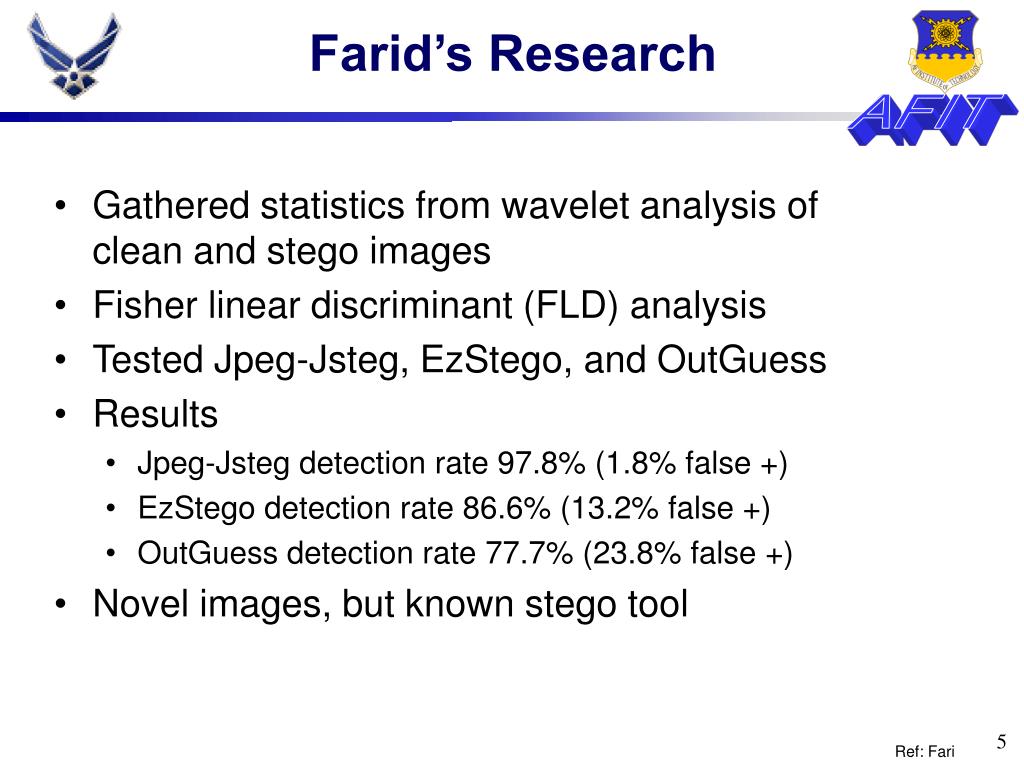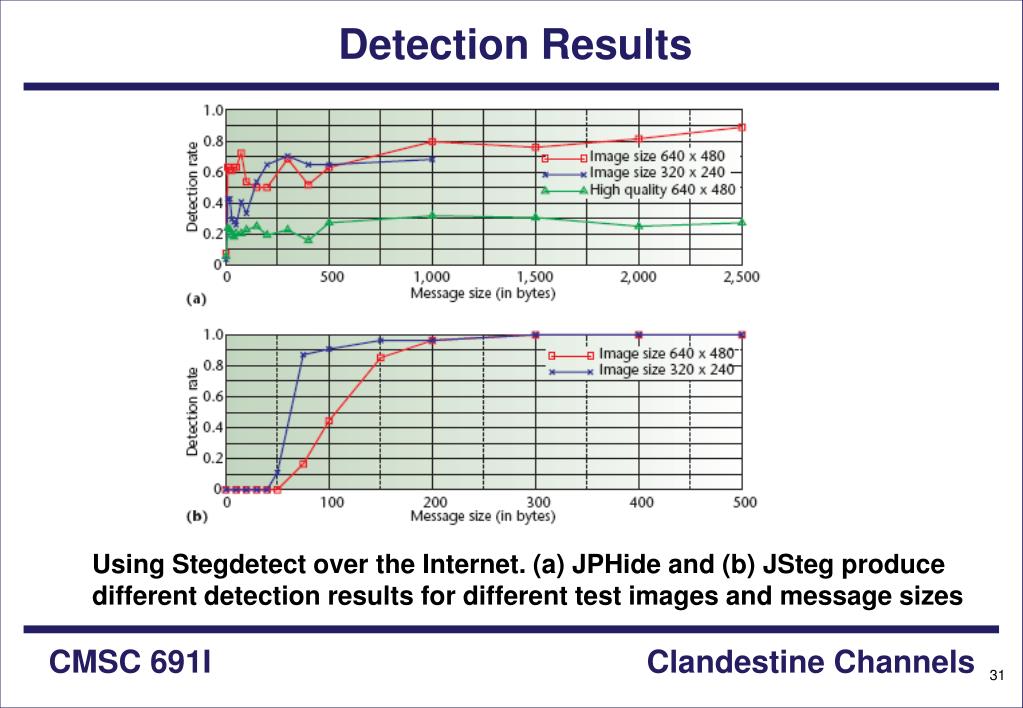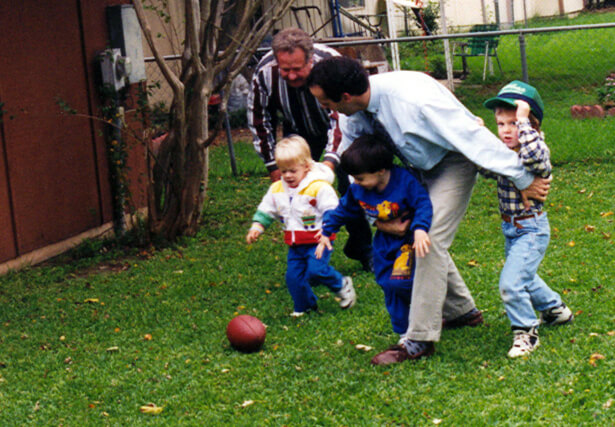


You will have to study the effects of hiding data in there.

Also the Quantization Table (DQT) could offer some limited space. It seems to show (compared to the study on False Positives) that a False-Negative is more likely than a False-Positive. 2 Answers Sorted by: 5 I am not sure if Jsteg, Outguess or F5 make already use of this, but in theory you could use the APP segment to hide information. One great thing about StegDetect is that it supports the ability to train the program on new, unknown algorithms as long as you have a clean set of images and a steg'ed set of images to 'train it' on.įor a savvy user, this sort of feature can help reduce the rate of False-Positives by improving the detection ability.Īnalysis of False-Negatives w/ StegDetect Ac-cordingly, such information hiding techniques are vulner-able to statistical attack. Nothing is perfect, and this is some research that was done on the reliability of StegDetect. StegDetect is a well known tool for detecting a variety of steganographic algorithms. Steganography For The Computer Forensics ExaminerĪ good primer on steganography in relation to 'the real world'Īnalysis of False-Positives w/ StegDetect Many different methods and programs exist to try and suss out whether an image is steg'ed or not, but here's a couple links to research papers on the reliability of certain tools: there's no guarantee it's THE ONLY needle in there! And worst of all, even if you find a needle. There are new methods of steganography being developed and theorized all the time, so detecting it is quite literally like looking for a needle in a haystack. Detection rate PD for a nonlinear support vector machine.11 SYSTEM MESSAGE IMAGE SIZE JSteg JSteg JSteg JSteg OutGuess OutGuess OutGuess OutGuess 256 ×.


 0 kommentar(er)
0 kommentar(er)
